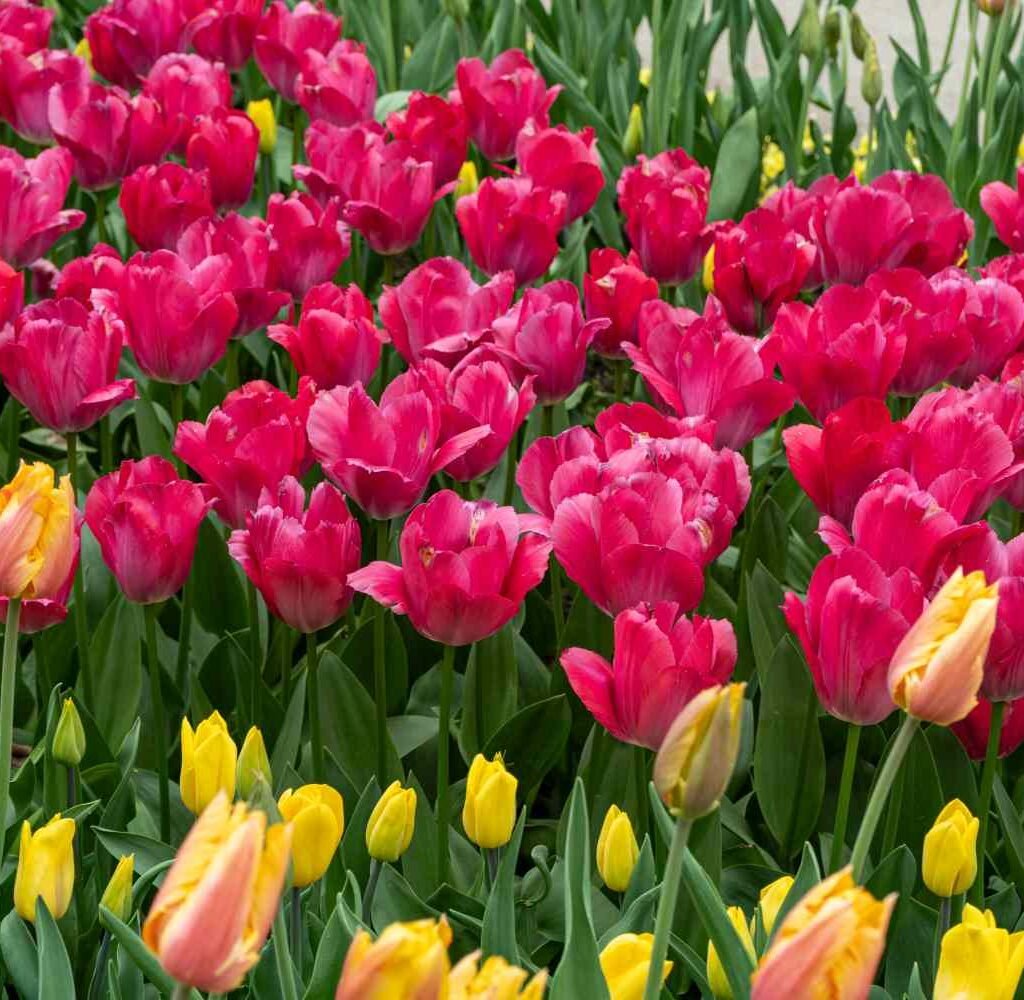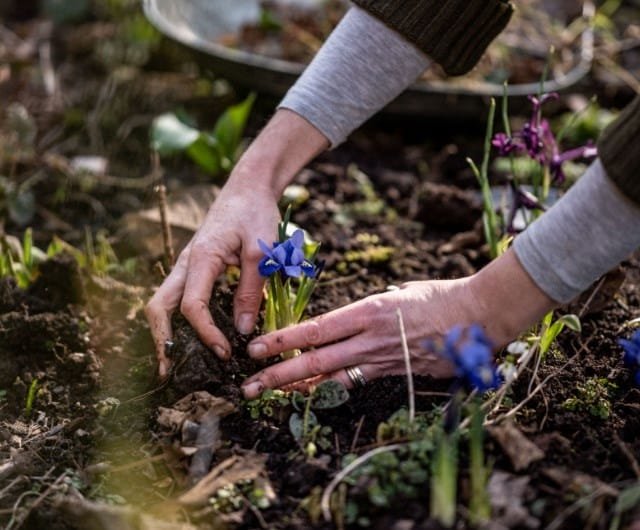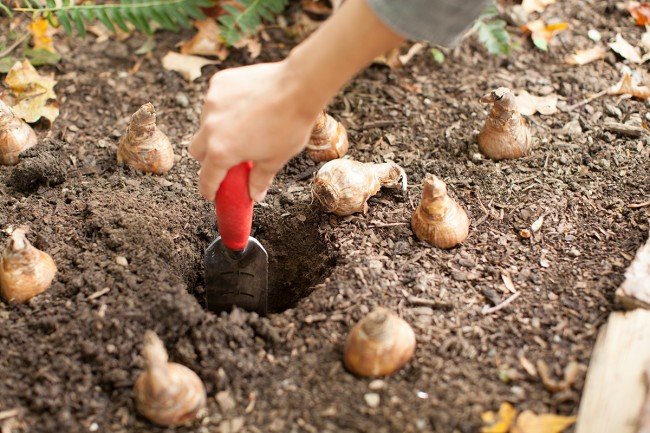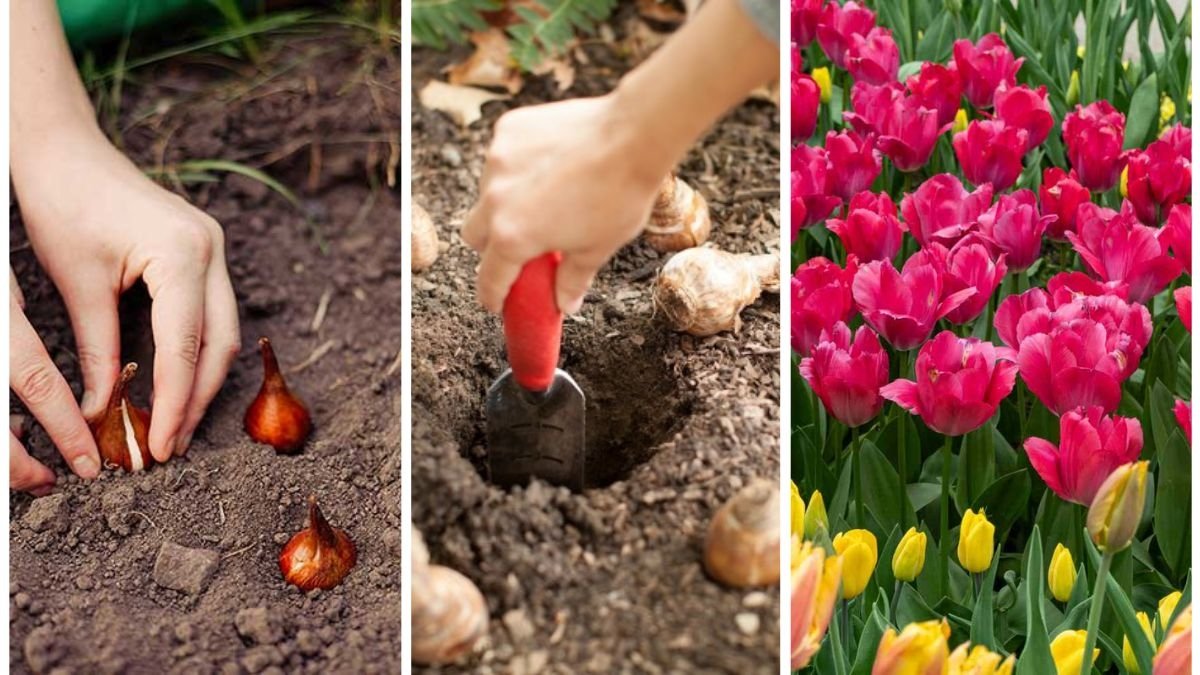Gardening is often about timing, and when it comes to bulbs, the calendar can make or break your spring garden. Many people wait until late autumn to get their hands dirty, but if you want healthy, vibrant blooms that burst with color in spring, you should plant your bulbs before October.
From tulips and daffodils to hyacinths and crocuses, these seasonal favorites need a head start underground to establish strong roots before the frost arrives. Planting earlier not only helps the bulbs survive the winter but also sets them up for brighter, more abundant displays in the months ahead.
In this article, we’ll explore why early planting matters, the science behind bulb growth, which bulbs benefit most from September planting, and tips to ensure success.
The Science of Bulb Growth

Bulbs are storage organs that contain all the energy a plant needs to grow and bloom. However, for them to thrive, they require a dormancy and rooting period during the fall and winter.
- Cool Soil for Rooting: Bulbs need cool soil (ideally between 50–60°F / 10–15°C) to trigger root development.
- Chilling Requirement: Many spring bulbs require 12–16 weeks of cold temperatures to break dormancy and bloom.
- Moisture Balance: Autumn rains provide the moisture bulbs need to settle in without the stress of hot summer sun.
By planting before October, you give bulbs time to root deeply before the first hard frost. Without this rooting window, bulbs may struggle to establish, leading to weak blooms—or no blooms at all.
5 Key Reasons to Plant Bulbs Before October

1. Optimal Soil Temperature for Rooting
Late September offers the sweet spot for soil conditions. The summer heat has dissipated, but the soil is still warm enough to encourage quick root growth.
If you wait too long, the ground may cool too much, slowing root development. Bulbs planted in colder soil may sprout poorly or rot in wet conditions.
2. Stronger, Healthier Blooms in Spring
Bulbs that root early are better prepared to handle the stress of winter. By the time spring arrives, they have an established root system that allows them to push up sturdy stems and produce larger, more vibrant flowers.
Late-planted bulbs often bloom later, with smaller, weaker flowers.
3. Avoiding Frozen Ground
In many regions, the soil begins to freeze by late October or November. Planting bulbs in frozen or compacted soil is nearly impossible—and even if you manage to get them in the ground, their chance of survival is slim.
Planting early ensures bulbs are nestled safely in the soil before hard frost sets in.
4. Wider Selection and Better Quality Bulbs
Garden centers and nurseries stock their healthiest bulbs in early autumn. By waiting until later, you risk finding slim pickings—small, dried-out, or damaged bulbs that won’t produce strong plants.
Early planting also gives you time to shop for the best varieties, experiment with combinations, and plan for a succession of blooms from early spring to late May.
5. Less Stress, More Enjoyment

Planting before October gives you the peace of mind of being ahead of the weather. Instead of scrambling to plant before the first frost, you can relax, knowing your bulbs are already prepared underground.
Plus, autumn gardening in September tends to be more enjoyable—the days are cooler but not yet frigid, and the soil is easier to work with.
Best Bulbs to Plant Before October
While nearly all spring bulbs benefit from early planting, some are especially dependent on an early start:
- Tulips (Tulipa spp.) – They need time to develop roots in cool soil to produce their classic vibrant spring display.
- Daffodils (Narcissus spp.) – These naturalize easily but only if planted early enough for root development.
- Hyacinths (Hyacinthus orientalis) – Famous for their fragrance, they require adequate chilling time to bloom.
- Crocuses (Crocus spp.) – Among the earliest spring bloomers, they need an early planting window to thrive.
- Alliums (Allium spp.) – Their dramatic globes make a statement in late spring, but they need strong roots set in autumn.
How to Plant Bulbs for Success
Planting bulbs before October is only the first step—how you plant them is equally important.
1. Choose Healthy Bulbs
- Select large, firm bulbs with no signs of mold, rot, or shriveling.
- Bigger bulbs usually mean bigger, more impressive blooms.
2. Prepare the Soil
- Ensure well-draining soil to prevent bulbs from rotting.
- Mix in compost or bulb fertilizer to enrich the soil.
3. Plant at the Right Depth
- General rule: Plant bulbs at a depth three times their height.
- Example: A 2-inch bulb should be planted about 6 inches deep.
4. Spacing Matters
- Space bulbs 3–6 inches apart depending on the type.
- Plant in clusters or drifts for natural-looking, impactful displays.
5. Water After Planting
- Water deeply once after planting to help bulbs settle in.
- Avoid overwatering afterward; bulbs prefer slightly dry conditions during dormancy.
6. Mulch for Protection
- Apply a 2–3 inch layer of mulch to insulate bulbs and regulate soil temperature.
- Mulch also reduces weed competition in spring.
Common Mistakes to Avoid

- Planting too late: Waiting until November or later often results in weak or no blooms.
- Shallow planting: Shallow bulbs can be pushed up by frost heave or eaten by animals.
- Poor drainage: Soggy soil suffocates bulbs and leads to rot.
- Not marking spots: Without markers, you may accidentally dig into bulbs when spring planting.
Extra Tips for Stunning Spring Displays

- Layer Planting (Lasagna Style): Plant bulbs in layers—tall bulbs like tulips at the bottom, medium bulbs like hyacinths in the middle, and small bulbs like crocuses on top—for waves of blooms.
- Mix Early, Mid, and Late Bloomers: Extend your spring display by combining varieties that bloom at different times.
- Naturalize: Scatter bulbs in lawns, under trees, or along pathways for a more natural look.
- Companion Planting: Combine bulbs with perennials like hostas or daylilies that will cover fading bulb foliage in summer.
Conclusion
Starting your bulb planting before October is the best way to guarantee a spectacular spring garden. By giving bulbs time to establish roots, you ensure stronger plants, healthier blooms, and a longer-lasting display. From tulips to daffodils, hyacinths to crocuses, these spring favorites depend on your timely care in the fall to shine in the months ahead.
Don’t wait for the frost to remind you—grab your trowel this September, tuck those bulbs into the soil, and look forward to the burst of life and color that will greet you in spring.

Leave A Comment